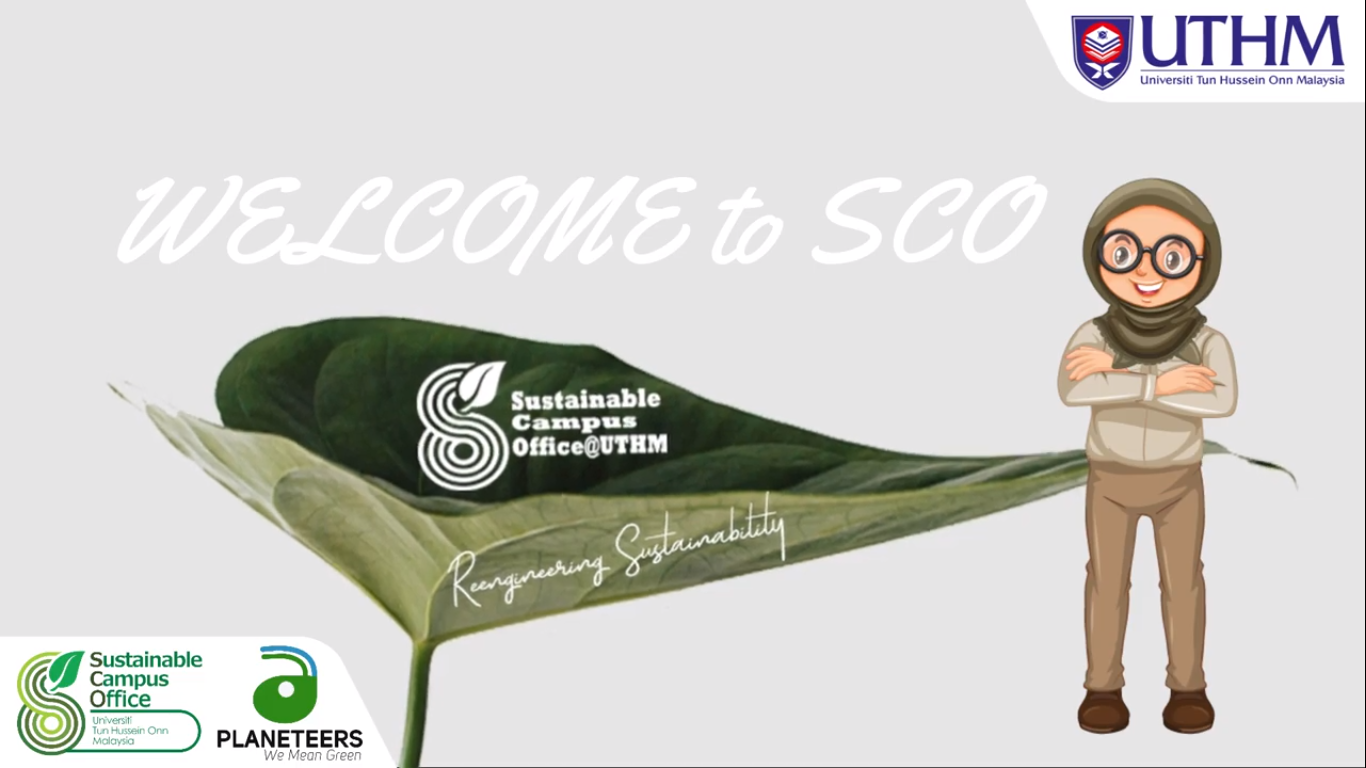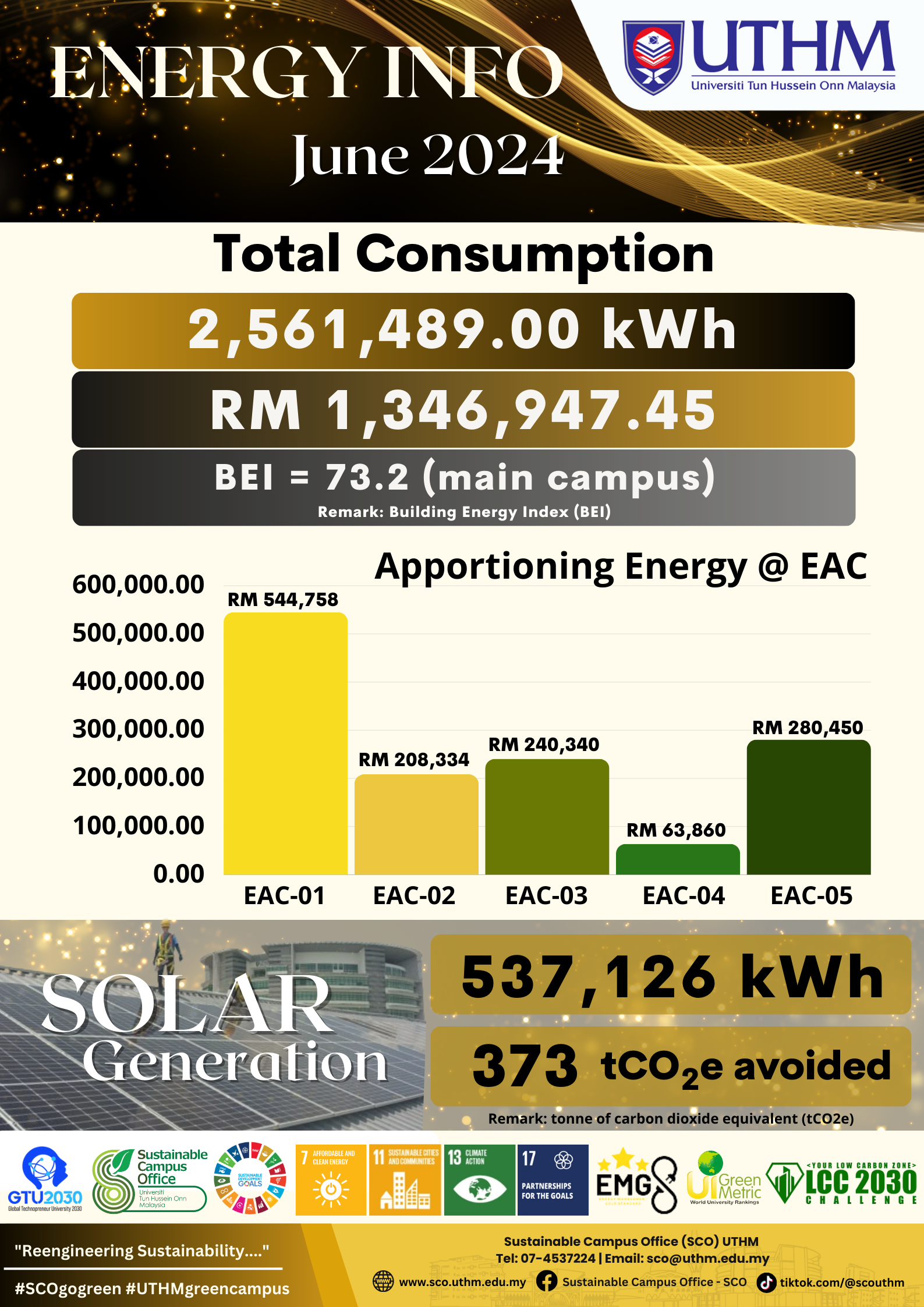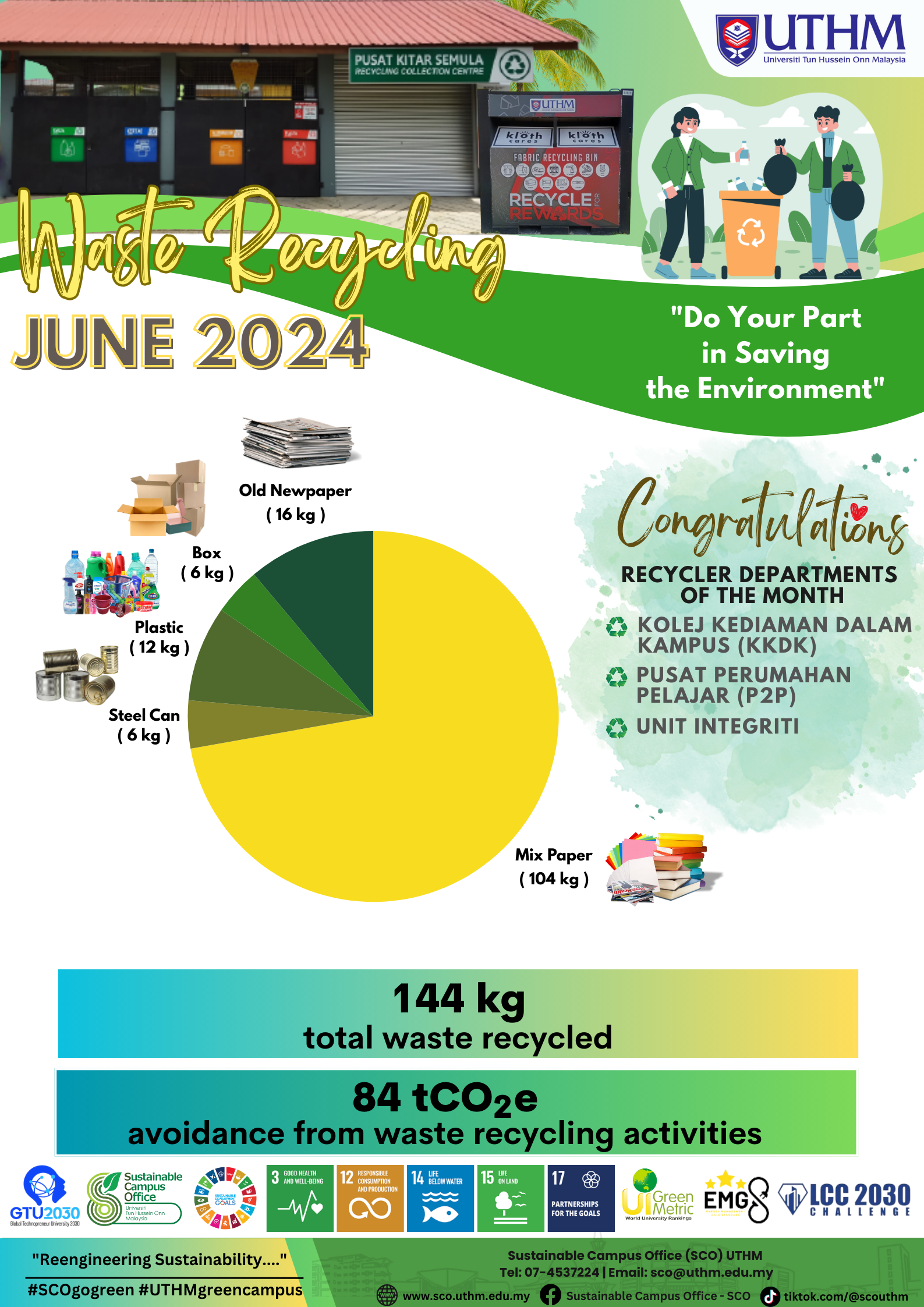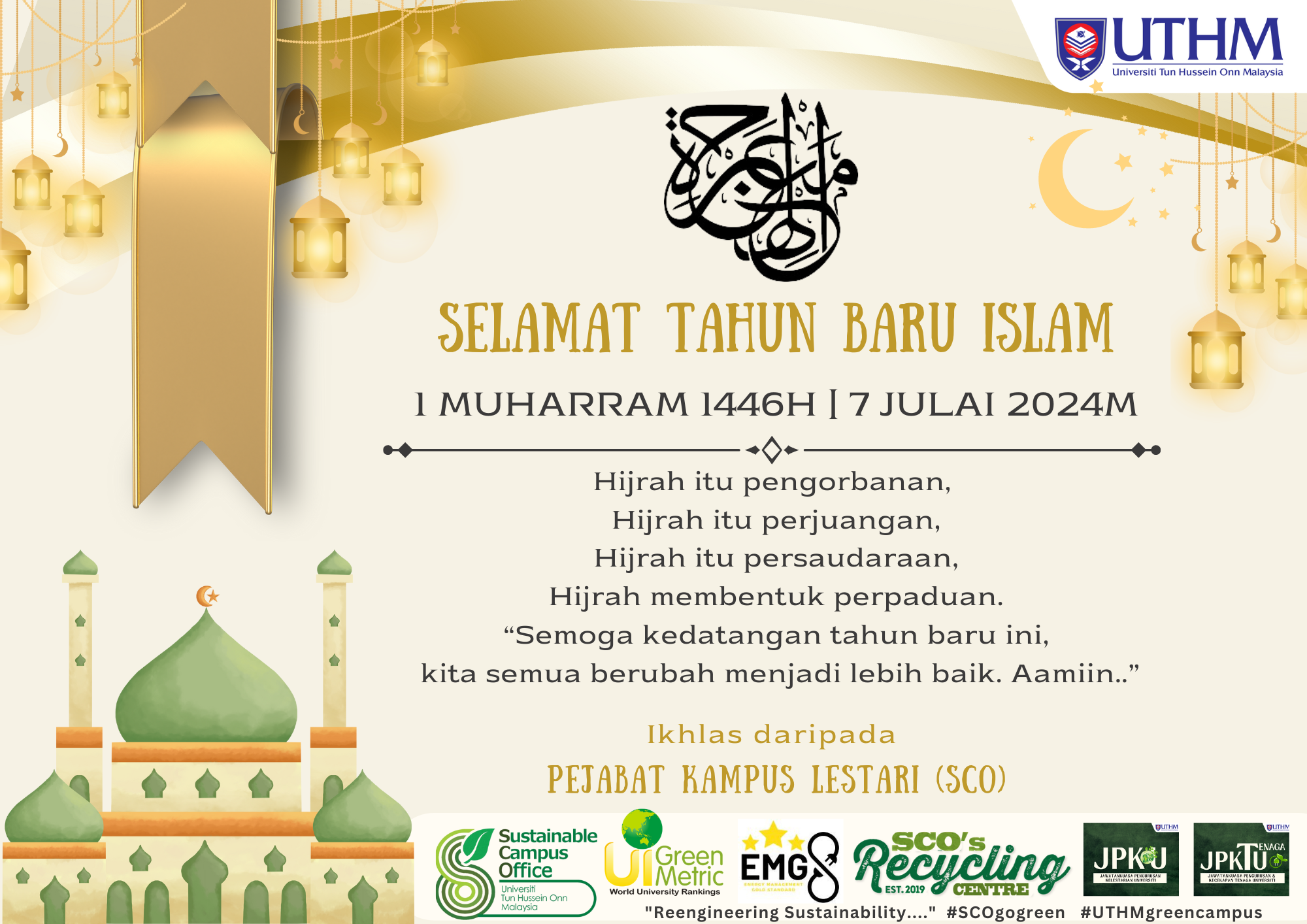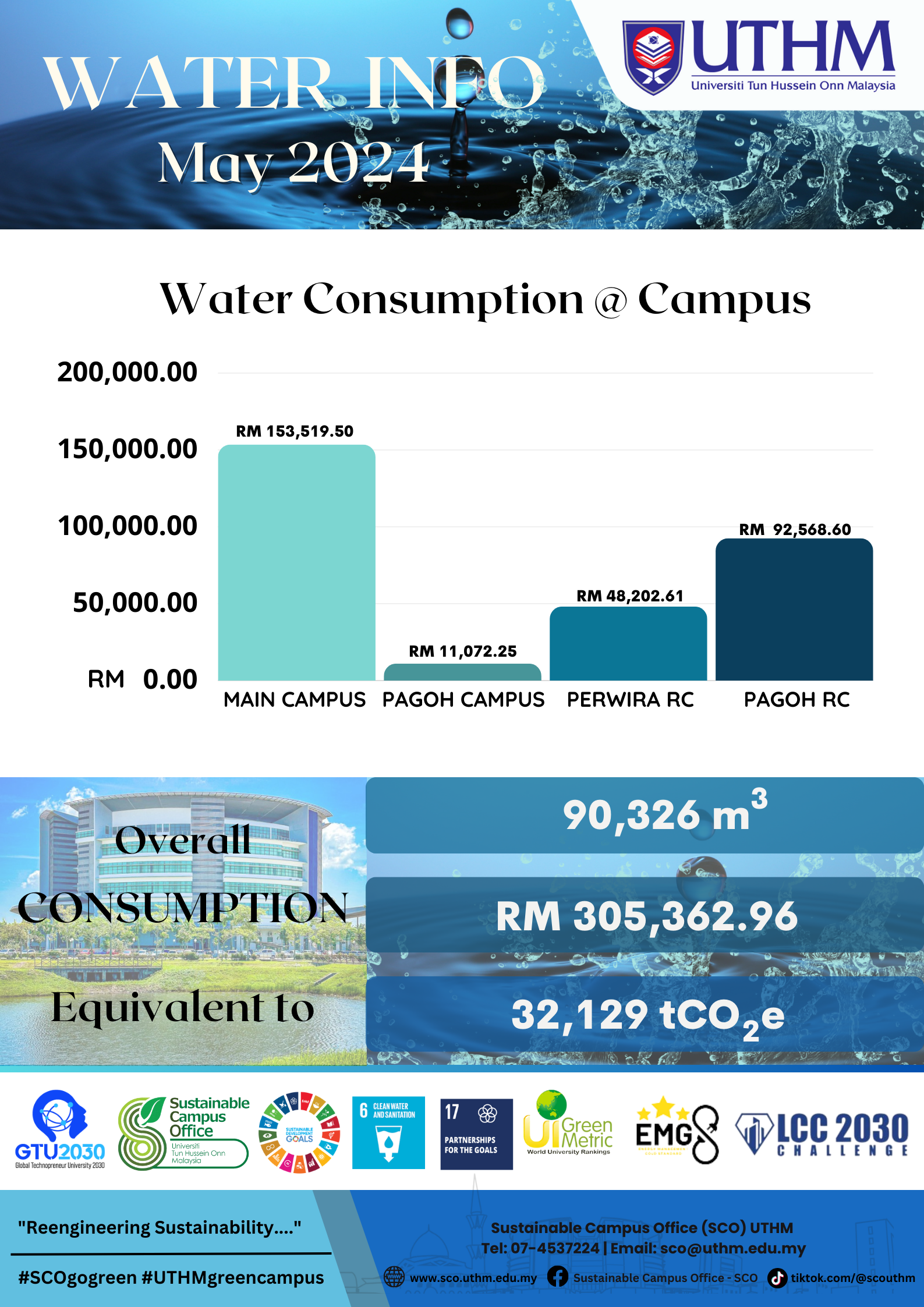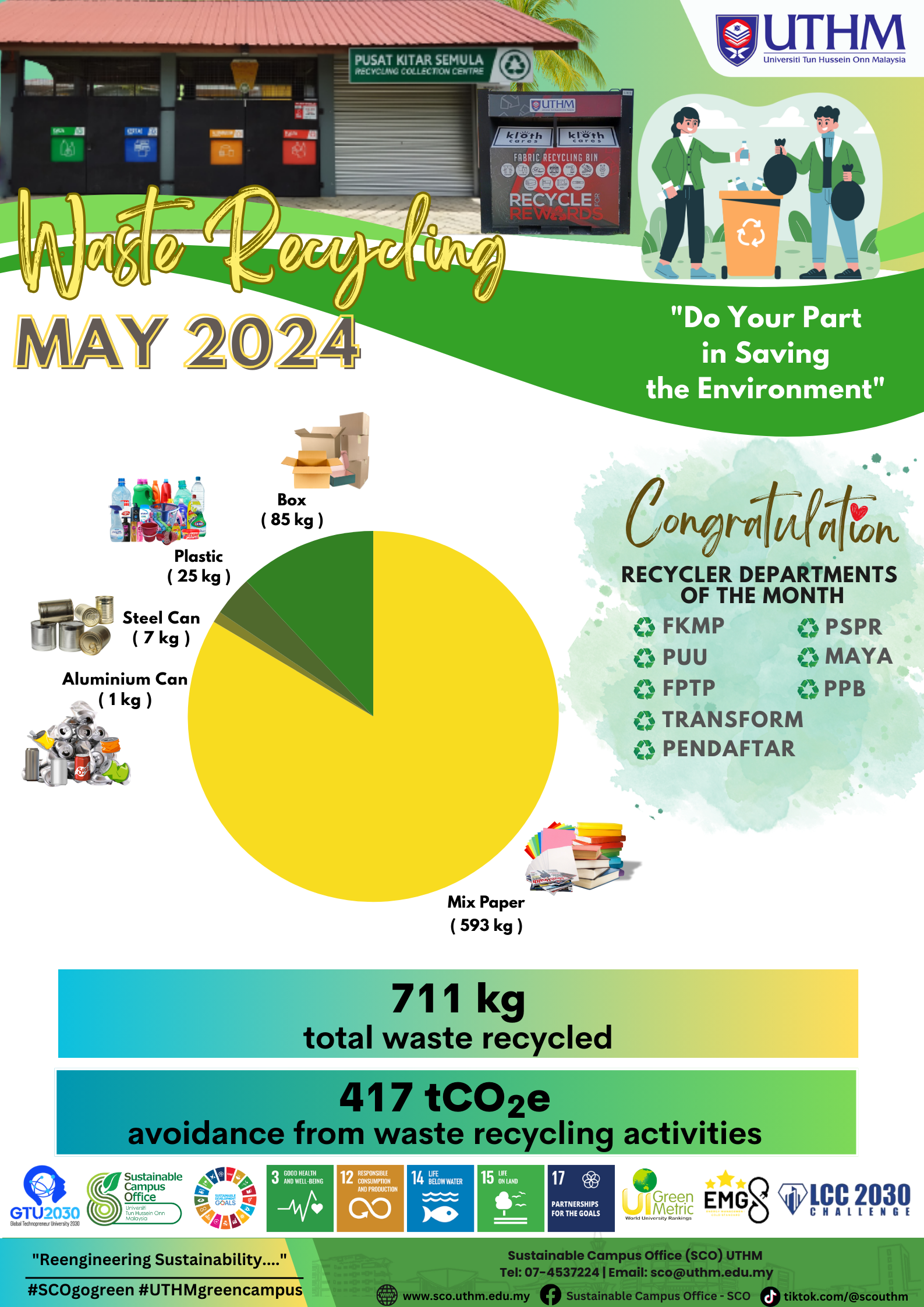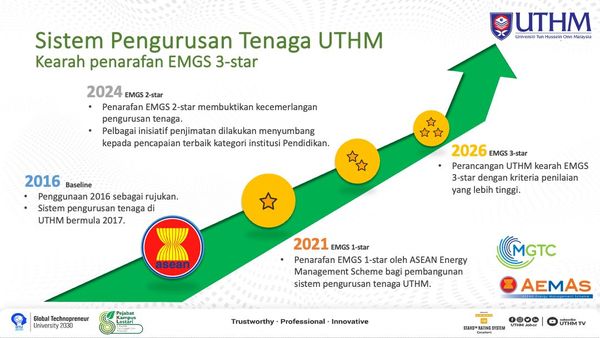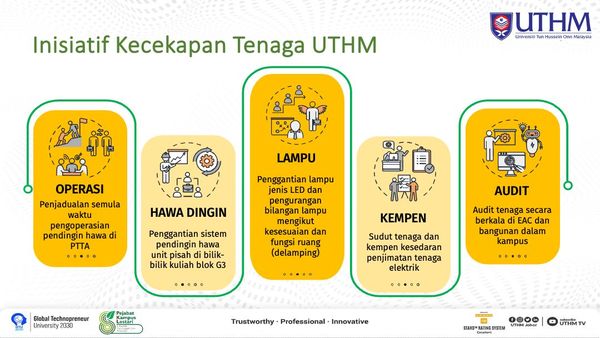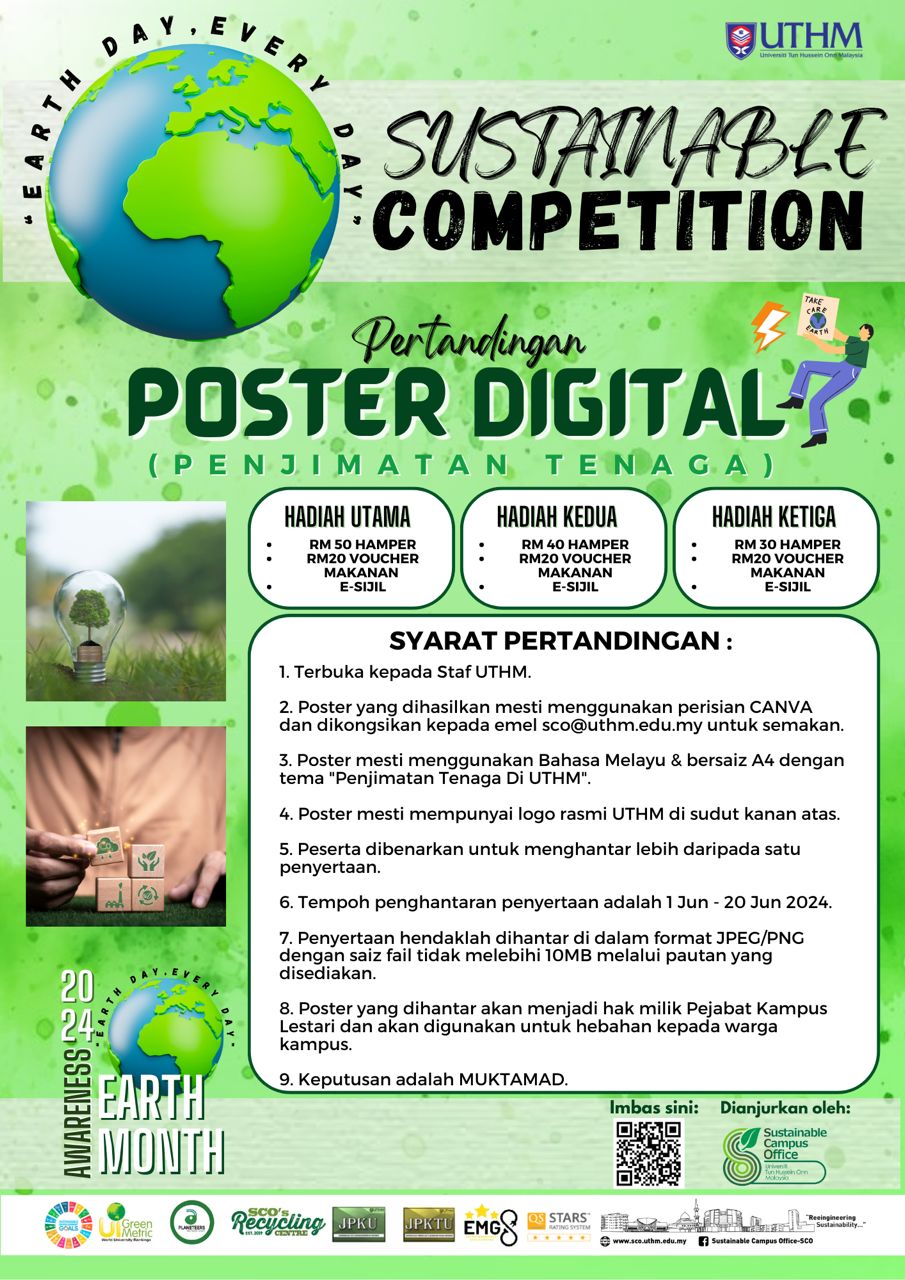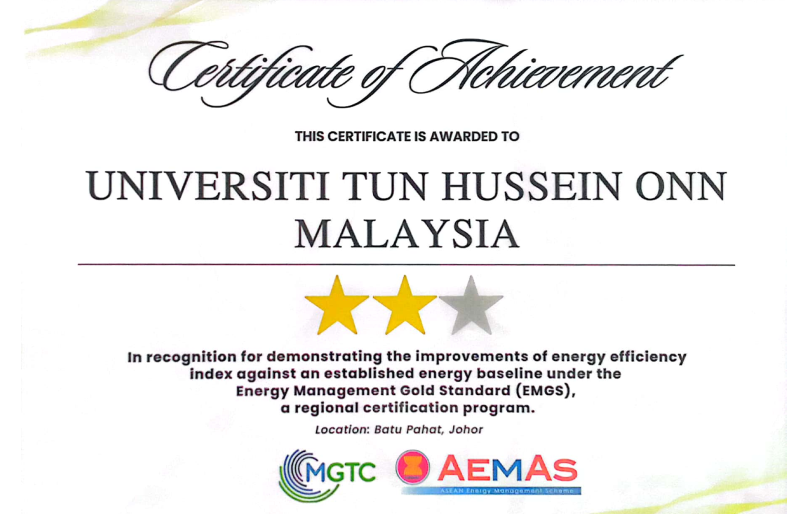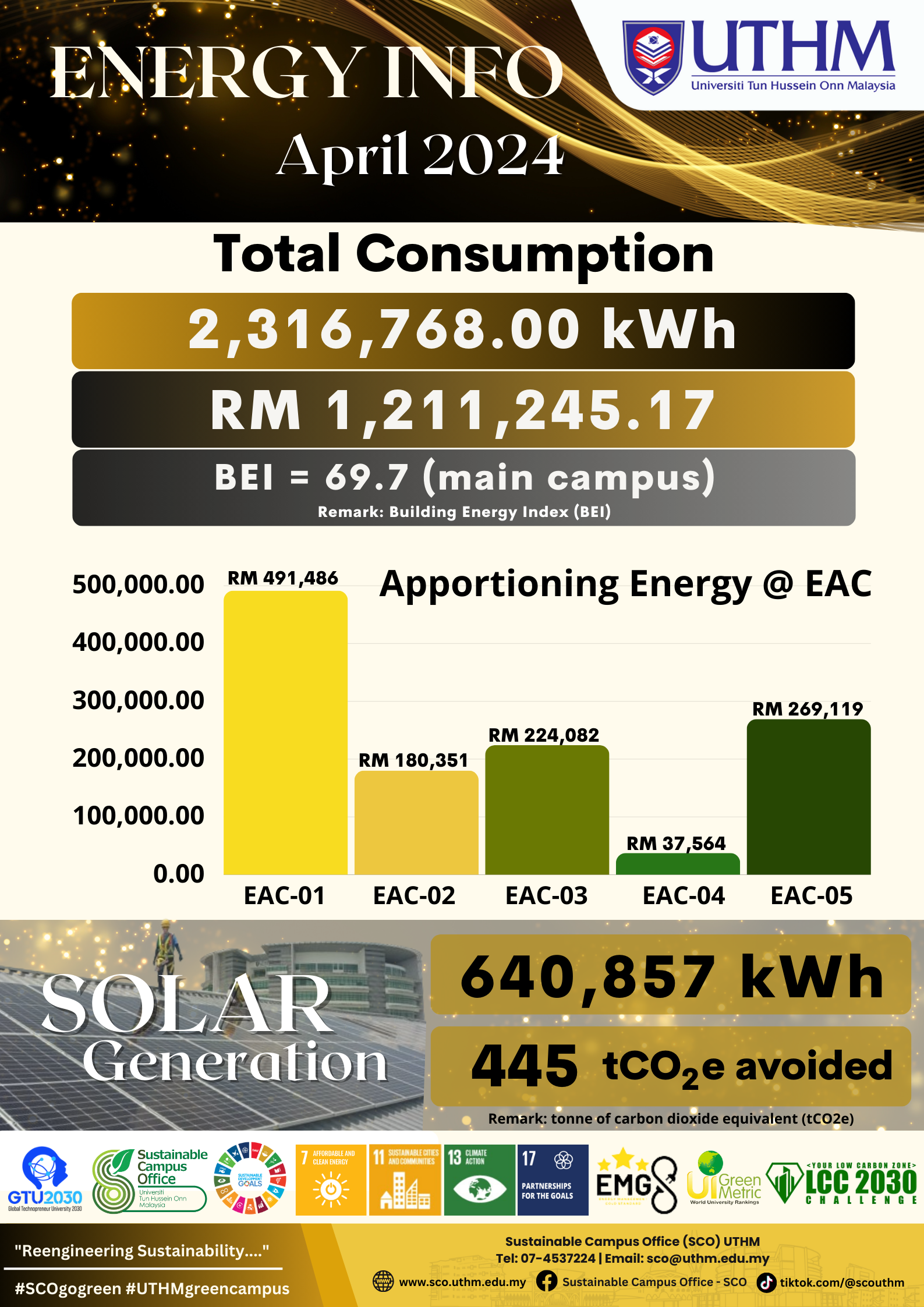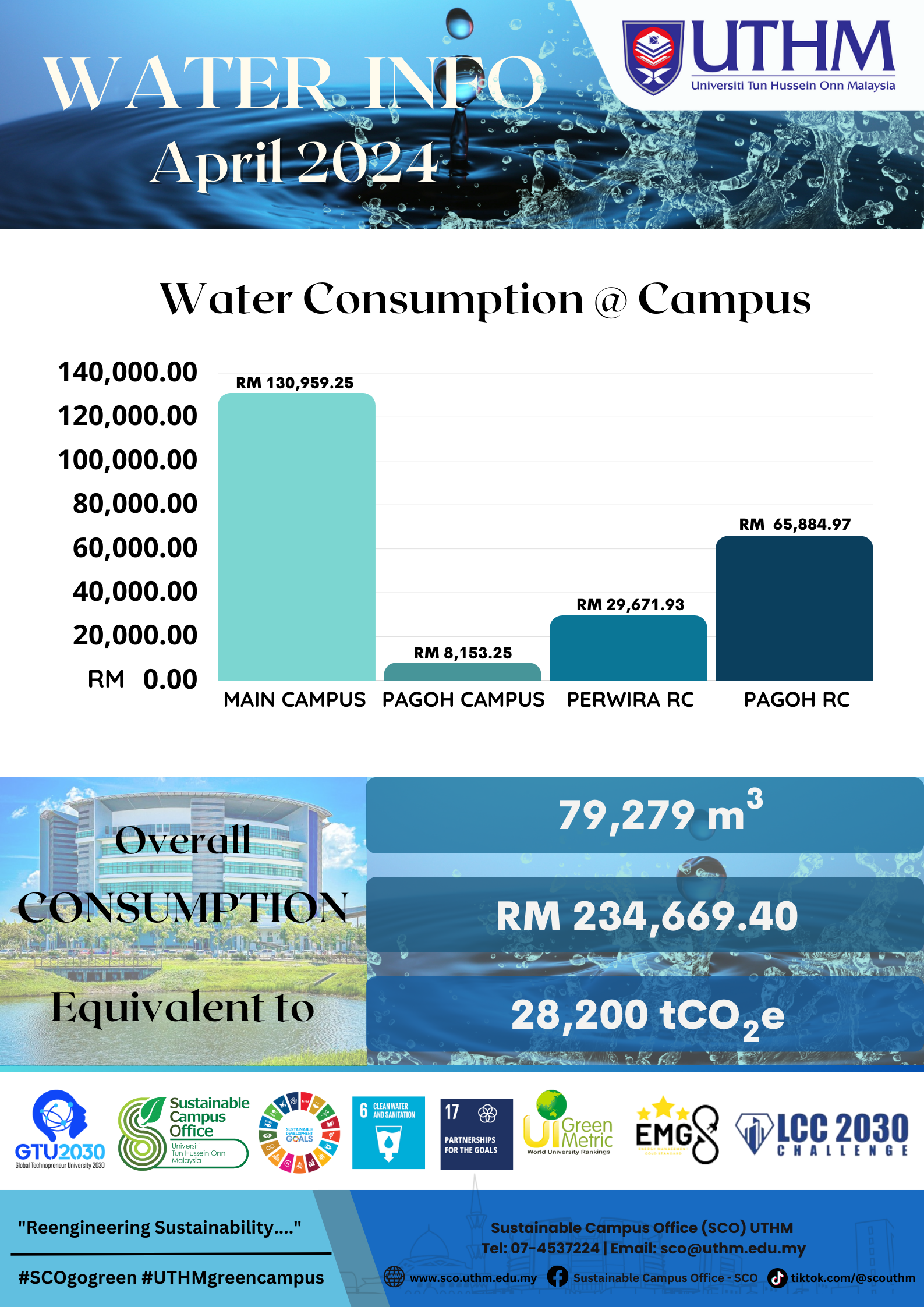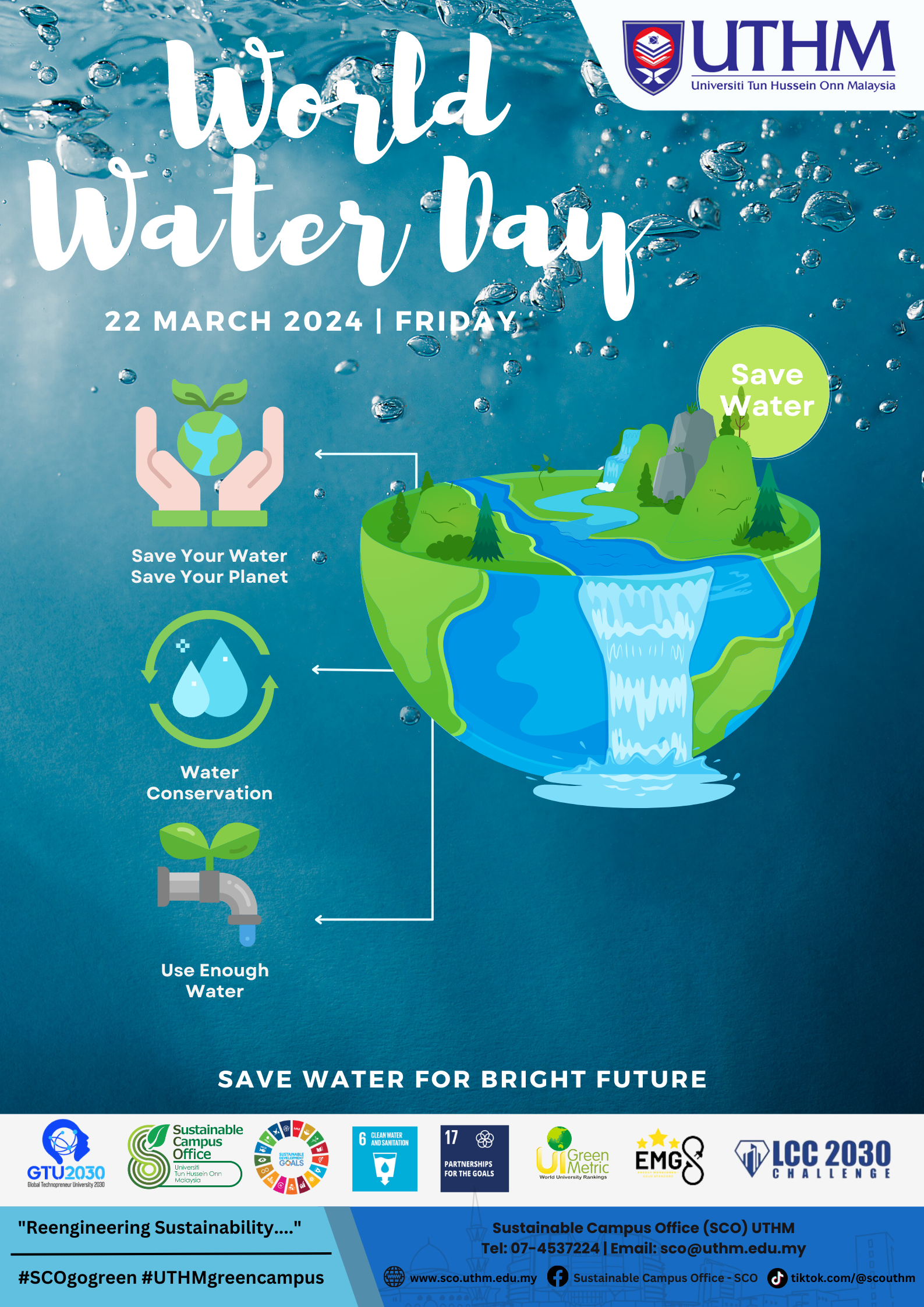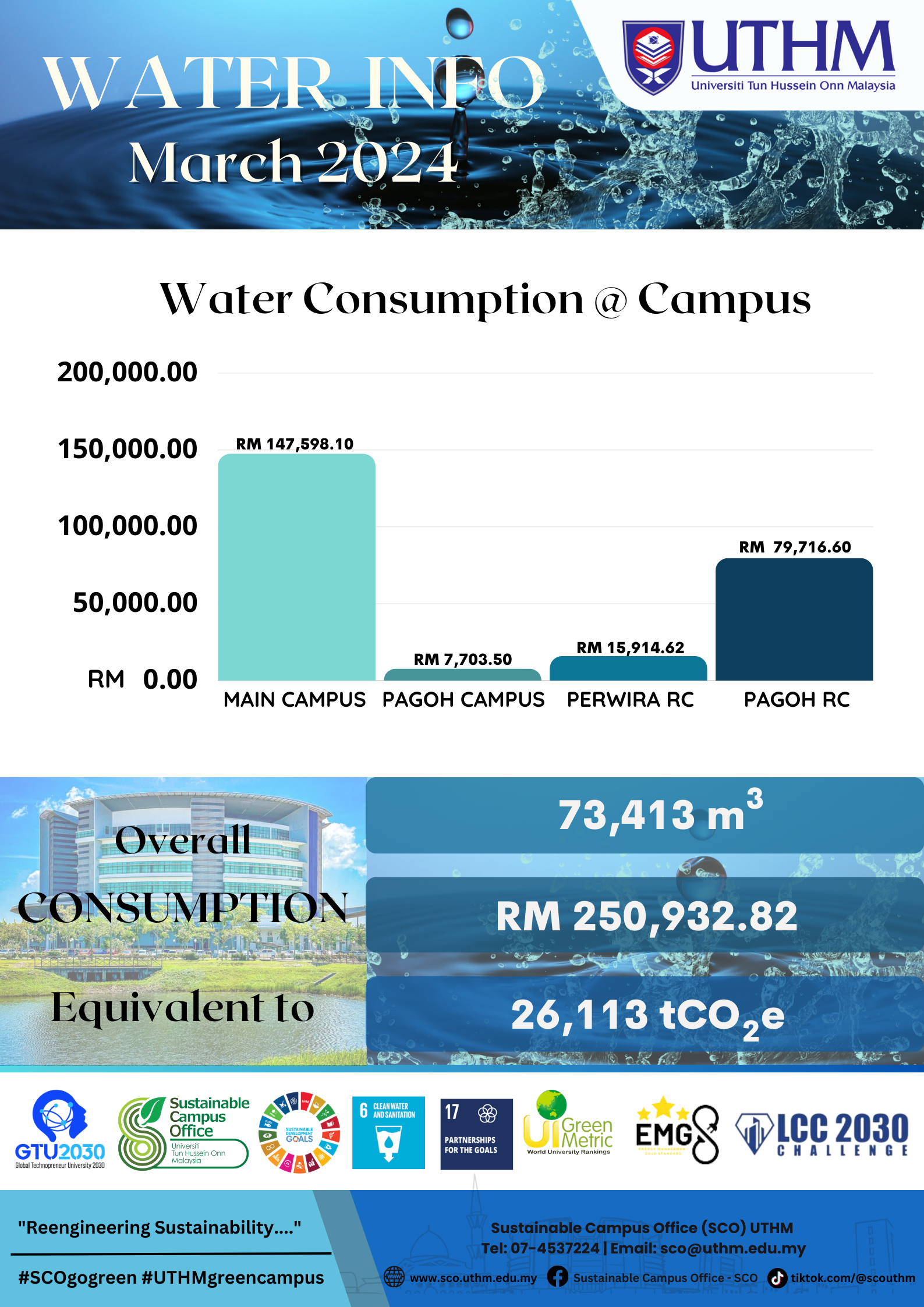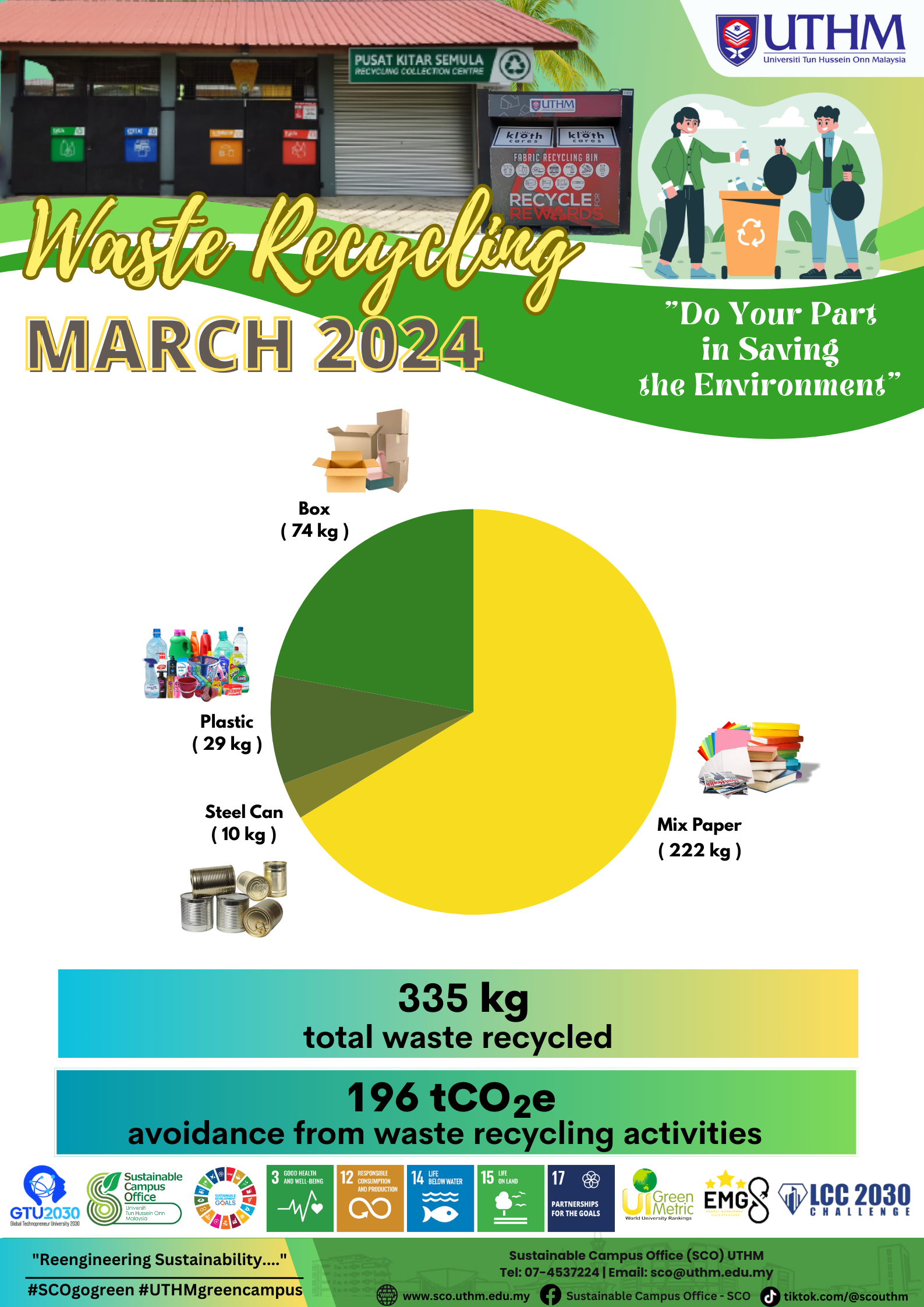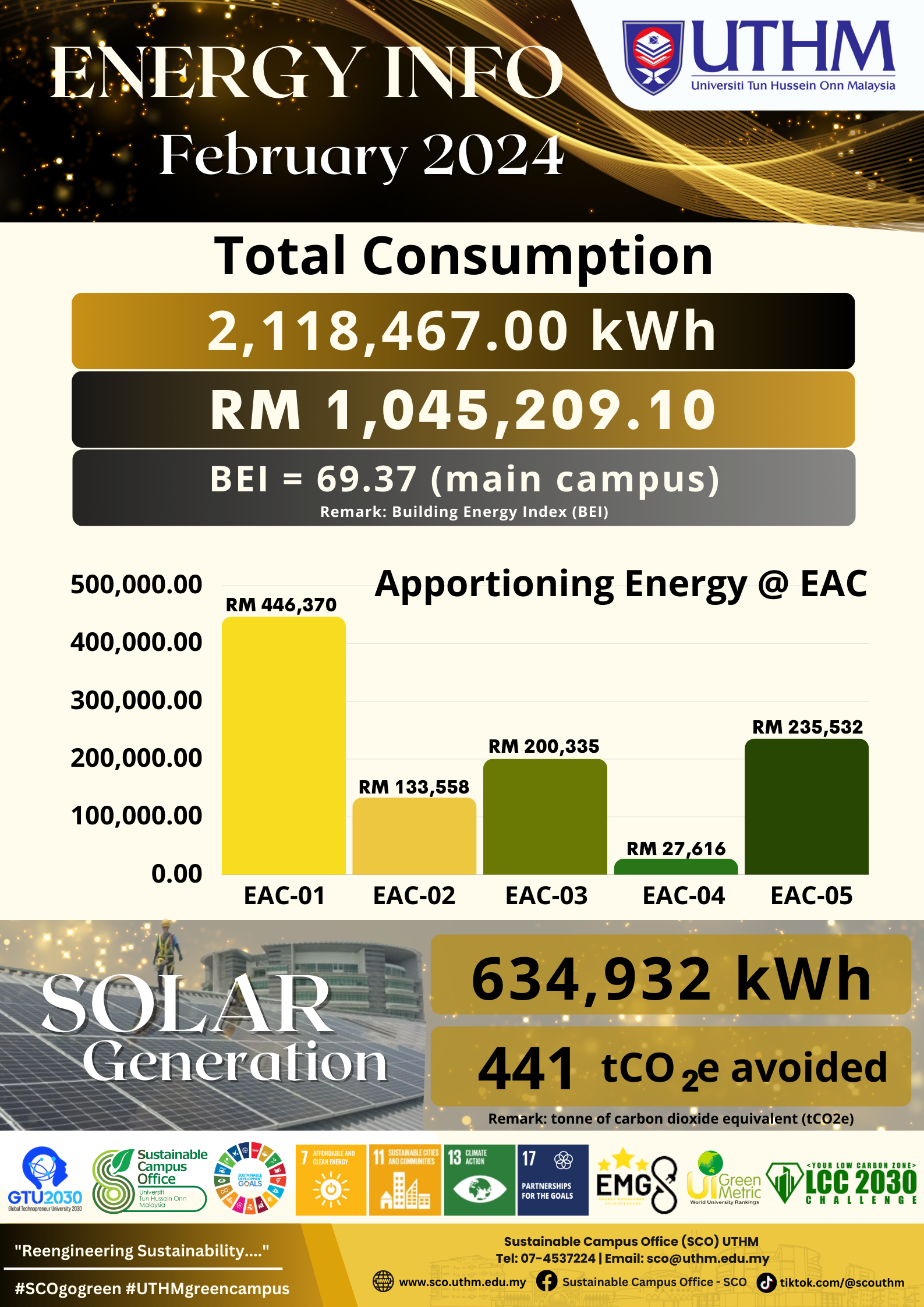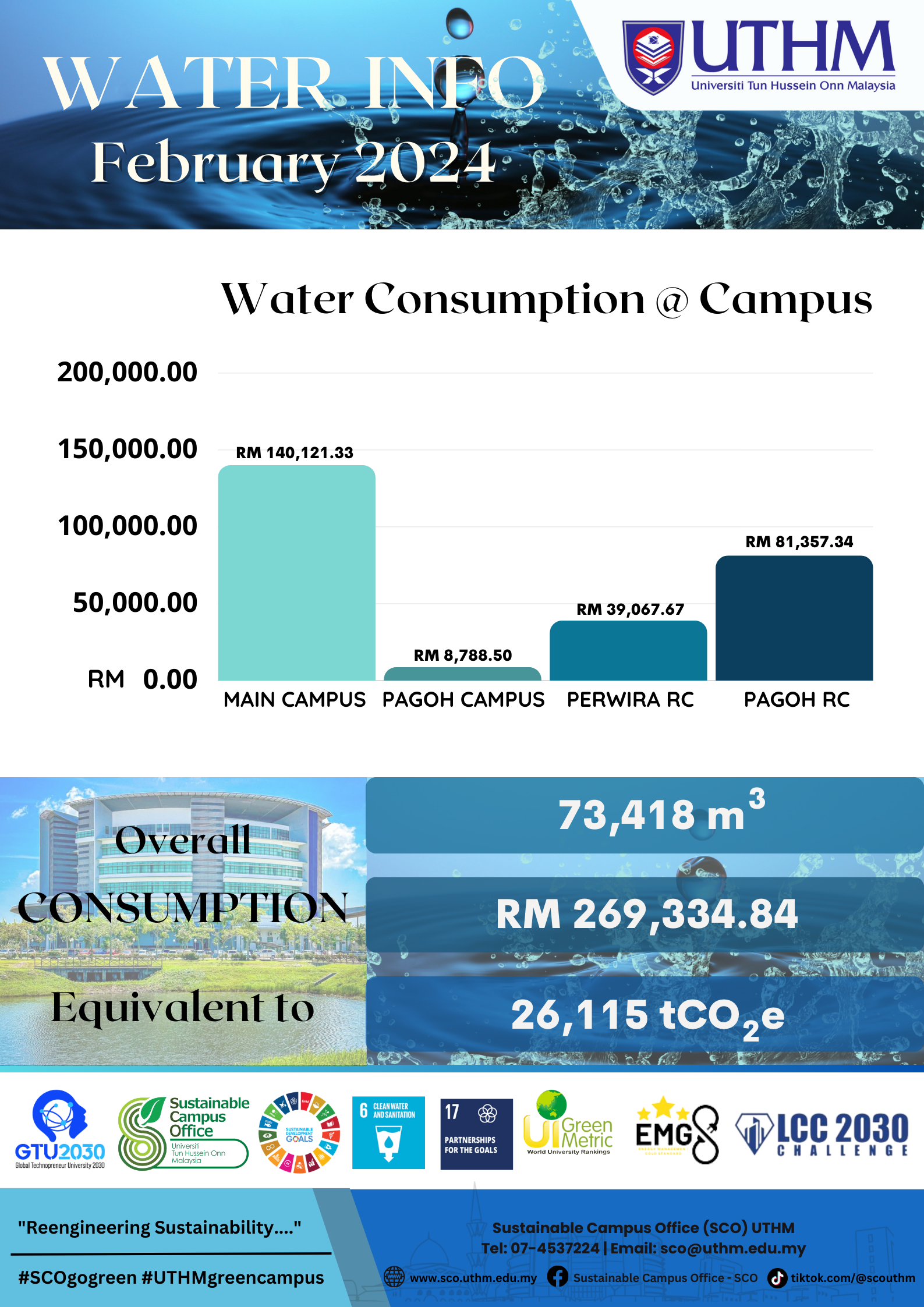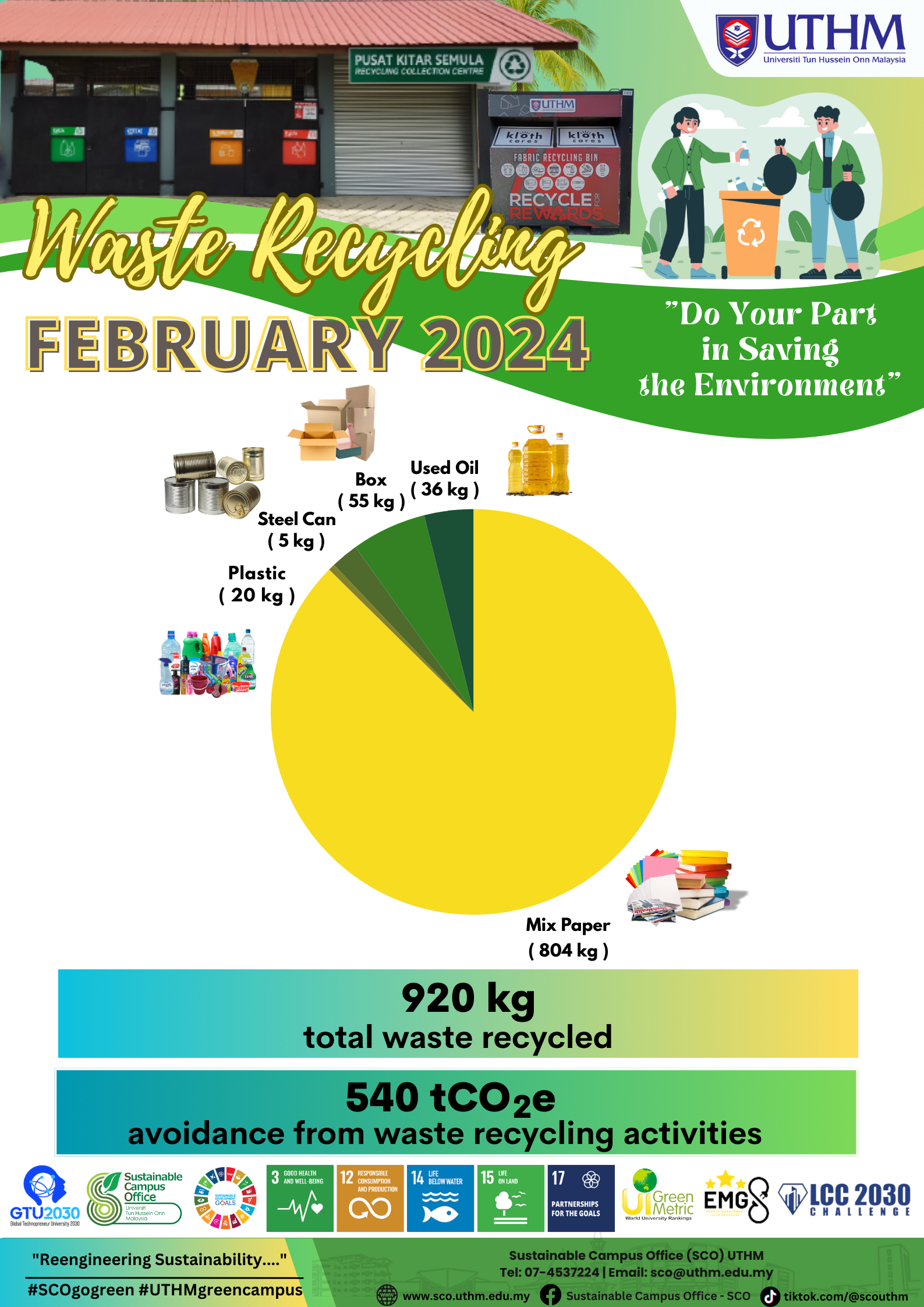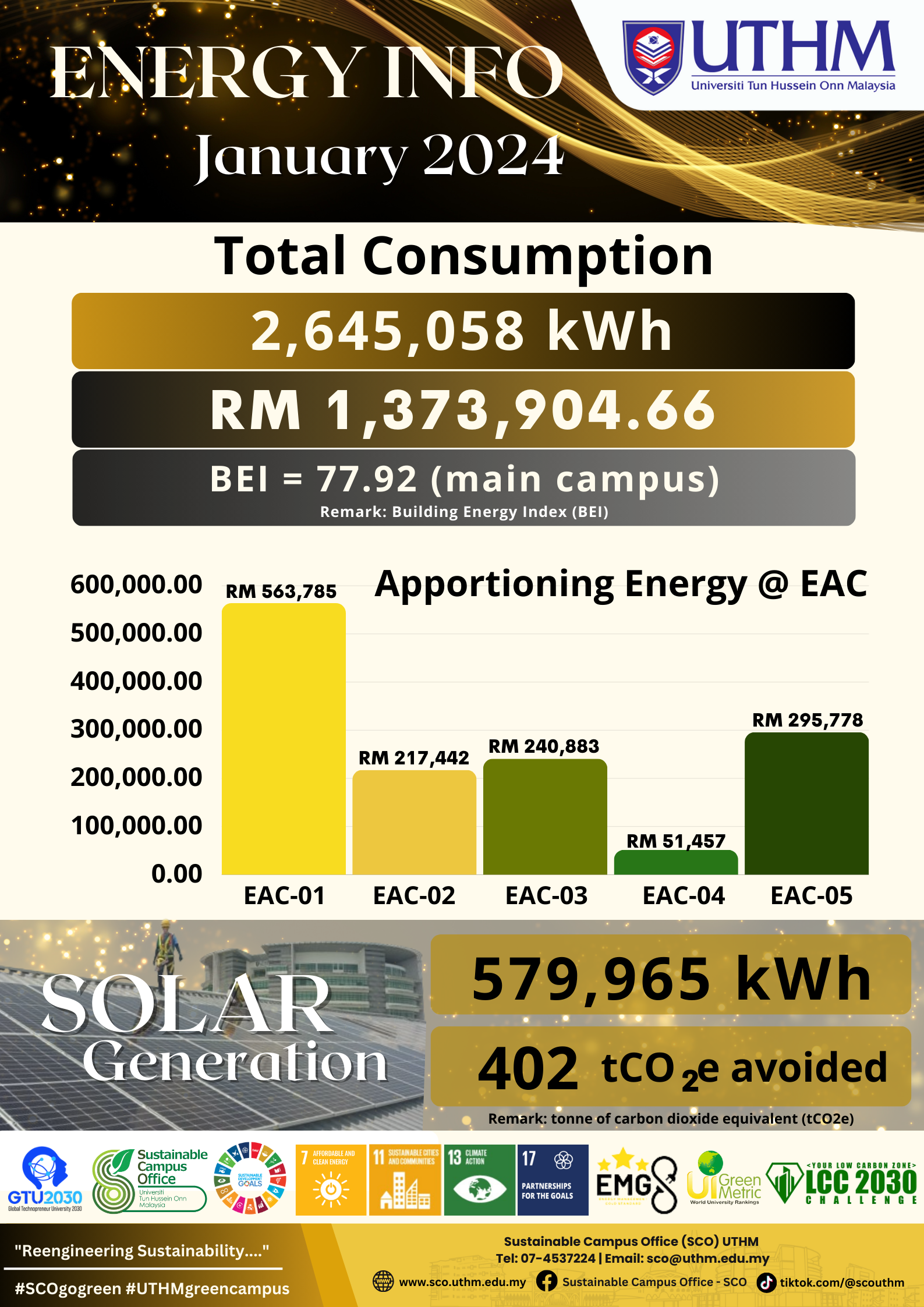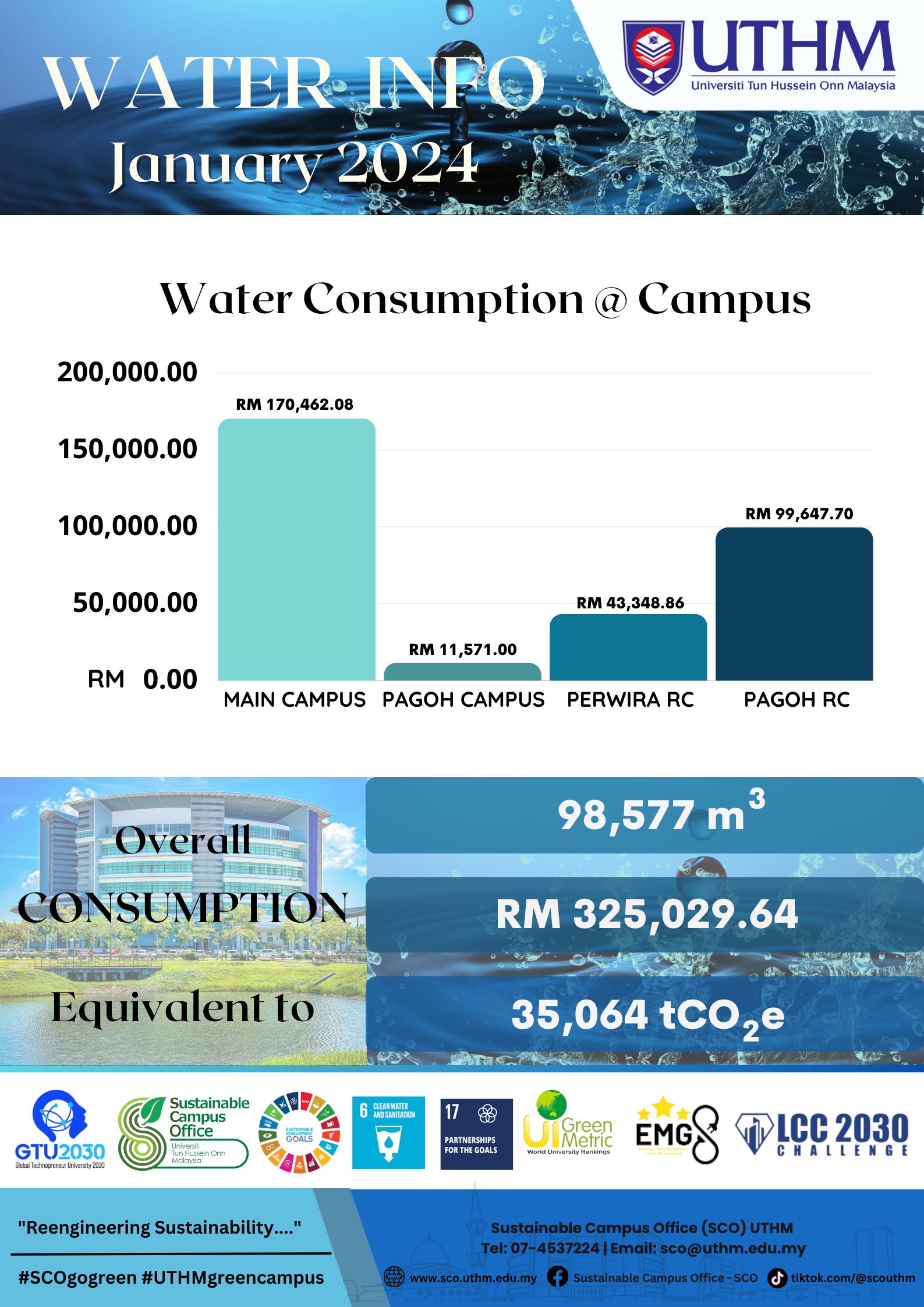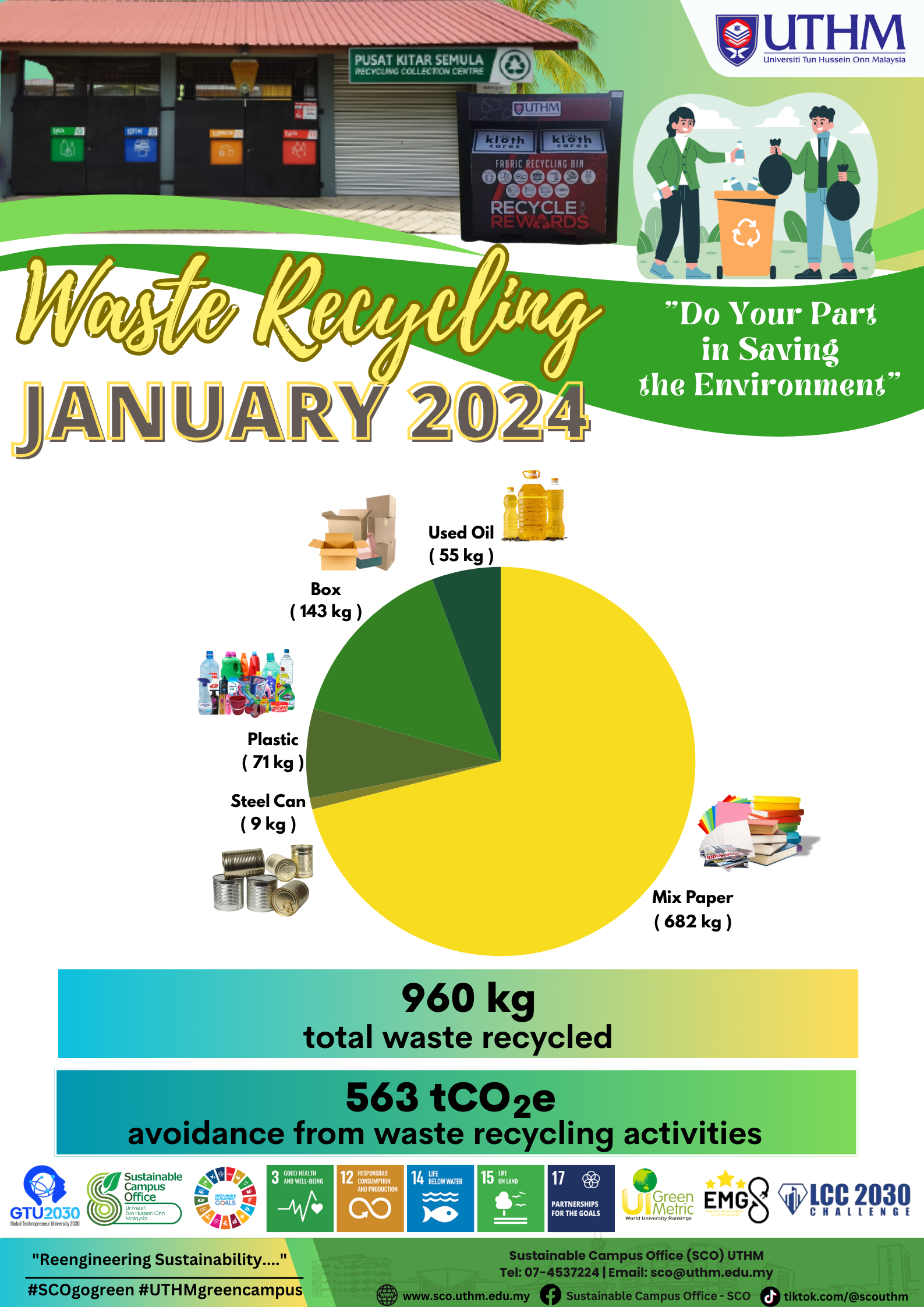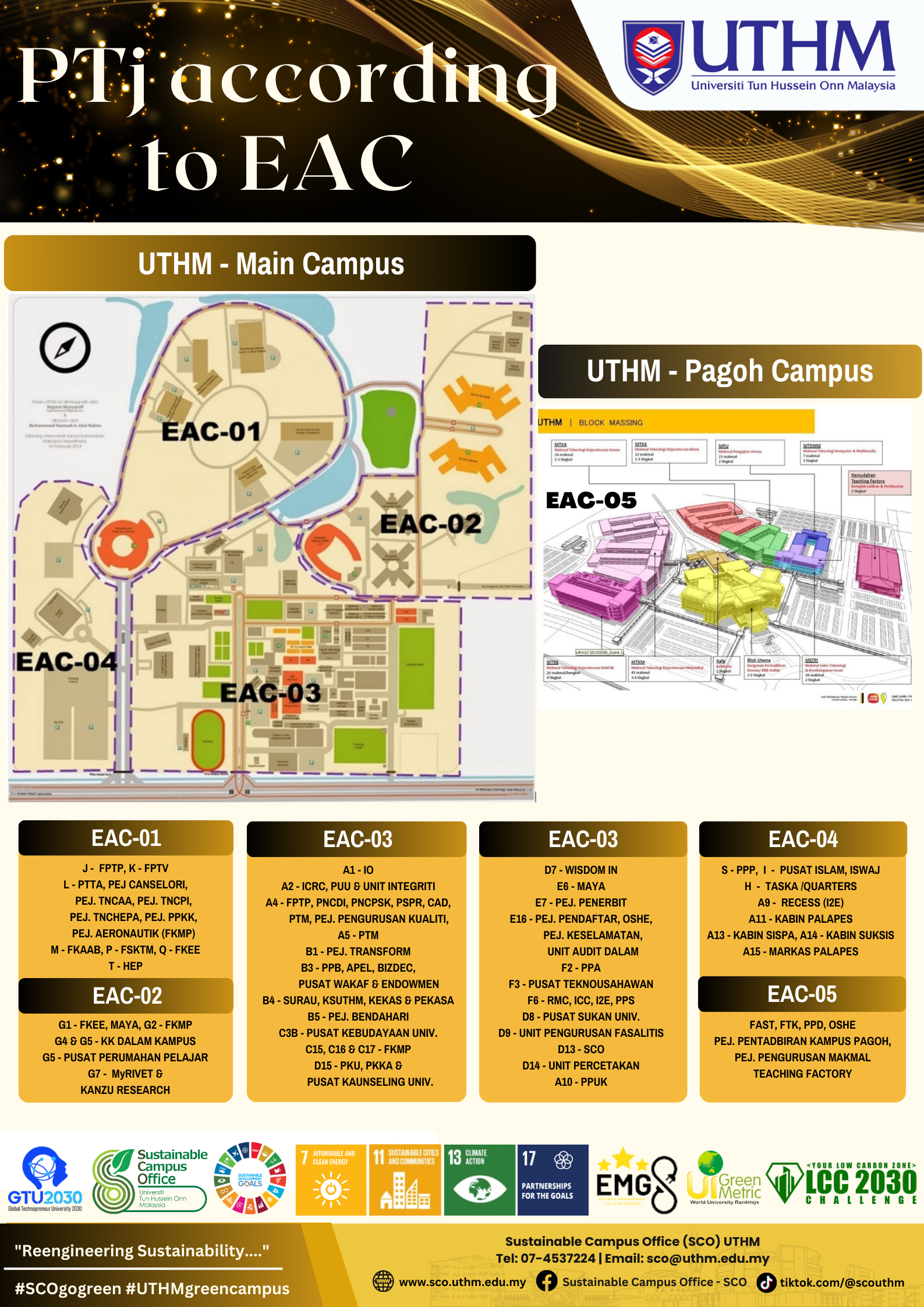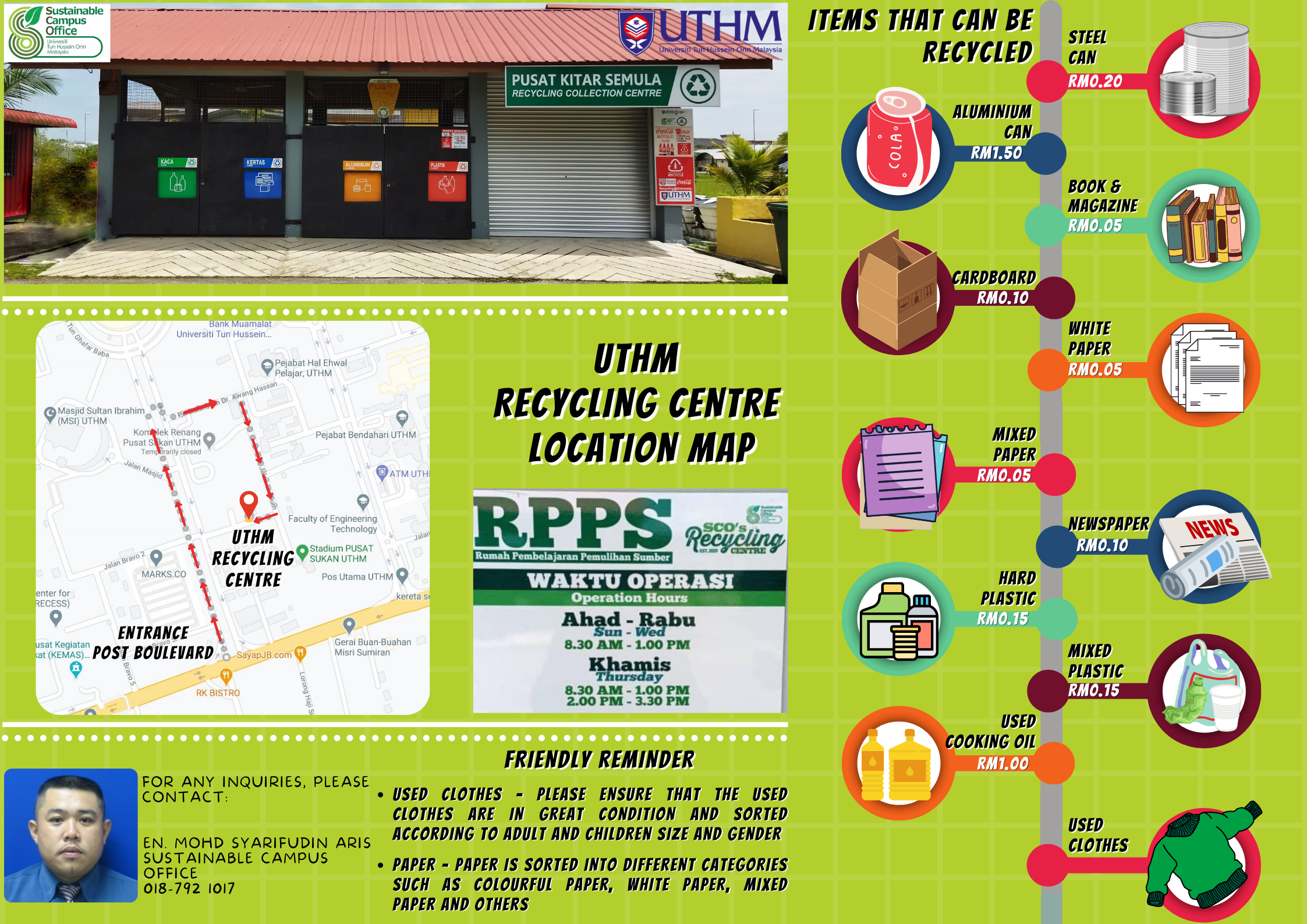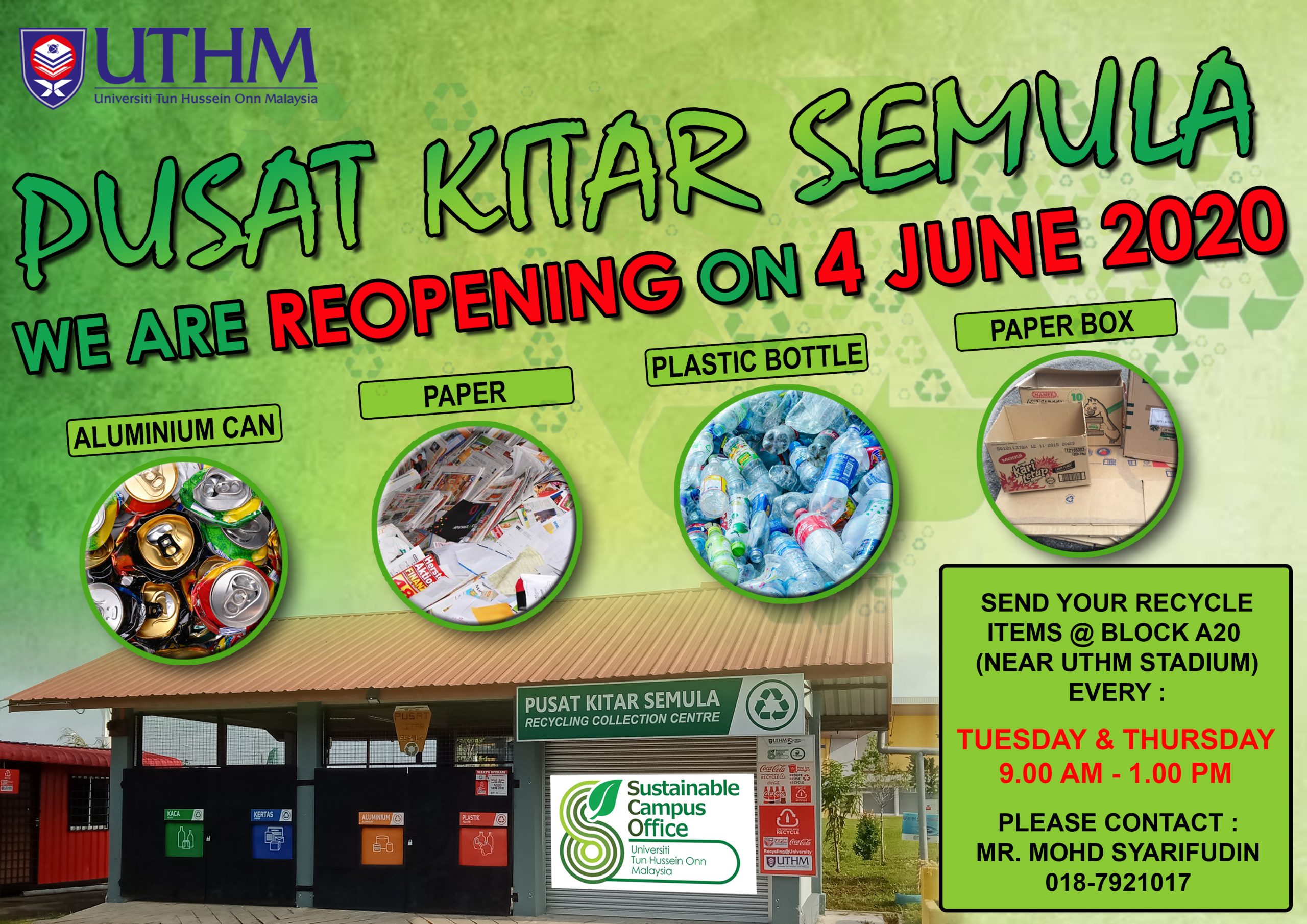Roles of Geomatics in the Conservation of Elephants


Geomatics is a science that is closely linked to the science of measurement and spatial information management. Traditionally it has been defined as an art of measurement in determining the relative position of points above or below the surface of the earth. It includes measurement, acquisition and display of physical and Earth physical spatial data.
Based on doctoral education in this field as well as tickets for the UTHM Planeteers Club advisor, Sr. Dr. Nazirah Mohamad Abdullah was invited as a speaker for the Enhancement Integrity Program (EIP) with the theme of The Integrity of Wildlife Sustainability (Elephant) on March 8.
The project run by the training program committee of Certified Integrity Officer (CeIO) part 24 involving 110 participants from various backgrounds.
Also present at the program were officials from Johor Department of Wildlife and National Park (PERHILITAN), the Municipal District Council, the Municipal Works Department (JKR), FAMA Johor, the Farmers Organization Board (LPP) of Johor, the Department of Environment of Johor, the Johor Department of Health, the National Anti-Drug Academy (AADK) Johor Bahru and residents of Kampung Lukut.
The project was being held in Kampung Lukut, Kota Tinggi district, which is located about 10 km from the Orphan Forest Reserve. The 120-acre forest reserved under the supervision of the Johor State Forestry Department is the home to many wildlife, especially elephants.
Dr. Nazirah in her talk session introduced the geomatic terms to the participants which is a combination of the words “Geo” and “matic” which each mean the earth’s surface and size.

According to her, the term geomatically coined by B.Dubuisson in 1969 is derived from a combination of geodetic and geoinformatic words. It includes equipment and techniques used in land surveying, remote sensing systems, cartography, Geographic Information Systems (GIS), Global Positioning Systems (GPS) and photogrammetry.
“This geographical term is closely related to the development of modern measurement technology, which also includes the application of new technologies in education and career.”
Dr. Nadzirah in her talk also shared an emotional video presentation about the causes and why elephants are leaving their habitats, followed by a simple graphical display for participants to understand how geomatics play a role in elephant conservation.

The question of why an elephant runs away from its habitat, why an elephant destroys human plants and how to conserve elephants has been solved individually by using the Global Positioning System (GPS) technology.
She said GPS is a satellite navigation system that creates location and time information across all regions and climates for its users. It is made up of 24 satellite constellations and their ground stations, the GPS system is largely funded and entirely controlled by the US government’s Department of Defense.
GPS can be used for elephant navigation as the system benefits the Department of Forestry, Forestry Department, Department of Agriculture and the general public. GPS provides real-time, three-dimensional (3D) elephant positioning and navigation with time around the world.
She further explained that GPS is one of the ways of finding the exact location of an elephant because the tracking system comes with a special device, for example placed on the neck of an elephant as a fixed or portable unit.
“It works by providing the right location to track and monitor the movement and habitat of elephants.
“From the same device, the Forestry Department can identify the forested area. This is because the elephant will not roam if its habitat is not disturbed.
“For example, to protect the population of Pigmy Borneo species of elephants in Sabah, a device known as a satellite collar has been installed on 20 elephants. The satellite collar is to detect the position of the animal and is an early warning if the elephant is out in the woods near the farm.”she said.

According to Dr. Nazirah, in addition, the geographical movement of elephant is also able to analyze and store spatial data through the Geographic Information System (GIS). It is an area of ??information systems that integrates space data (digital maps) and attribute data to perform specific analysis using GIS software. Positioning and conservation of elephant habitat can be done by integrating GPS data into GIS.
Interestingly, the partnership received positive feedback from officials from PERHILITAN, Forestry, Environment, Rubber Industry Smallholders Development Authority (RISDA) and even residents of Kampong Lukut.
She said that because many of the participants were not geometically aware, she set a desire to continue to share more about what this field could do in future life.
“To assist in the preservation of elephants especially in Kampung Lukut, a follow-up discussion will be planned between UTHM, the agency and the village head” she said.

Sr. Dr. Nazirah Binti Mohamad Abdullah
Fakulti Kejuruteraan Awam Dan Alam Bina
Planeteers Advisor, UTHM
Source: http://news.uthm.edu.my/ms/2020/04/peranan-geomatik-dalam-pemuliharaan-gajah/
